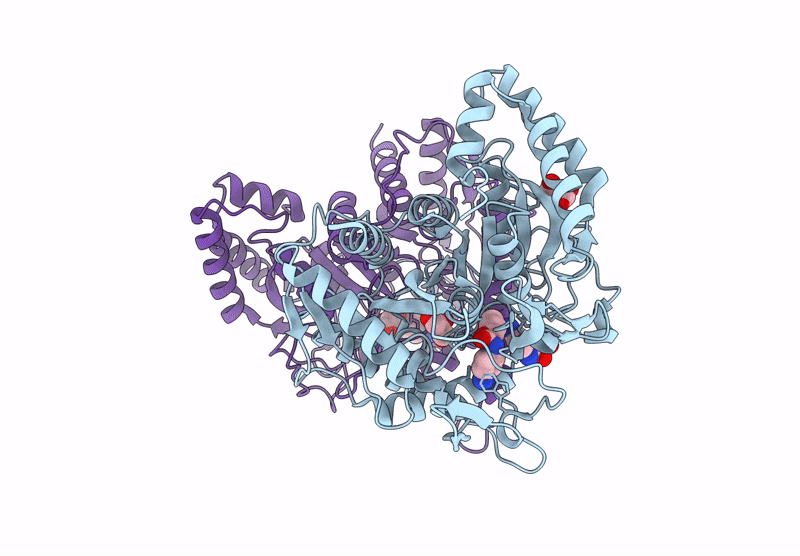
Deposition Date
2024-01-10
Release Date
2025-01-15
Last Version Date
2025-04-30
Entry Detail
PDB ID:
8XTC
Keywords:
Title:
Crystal structure of a novel PU plastic degradation urethanase UMG-SP2 mutant from uncultured bacterium in complex with ligand
Biological Source:
Source Organism:
metagenome (Taxon ID: 256318)
Host Organism:
Method Details:
Experimental Method:
Resolution:
2.40 Å
R-Value Free:
0.25
R-Value Work:
0.20
R-Value Observed:
0.20
Space Group:
P 43 21 2


